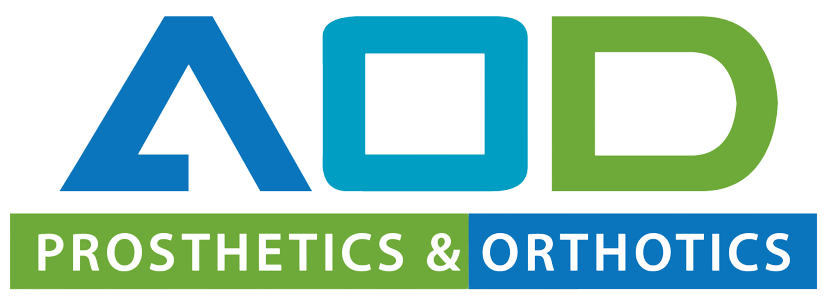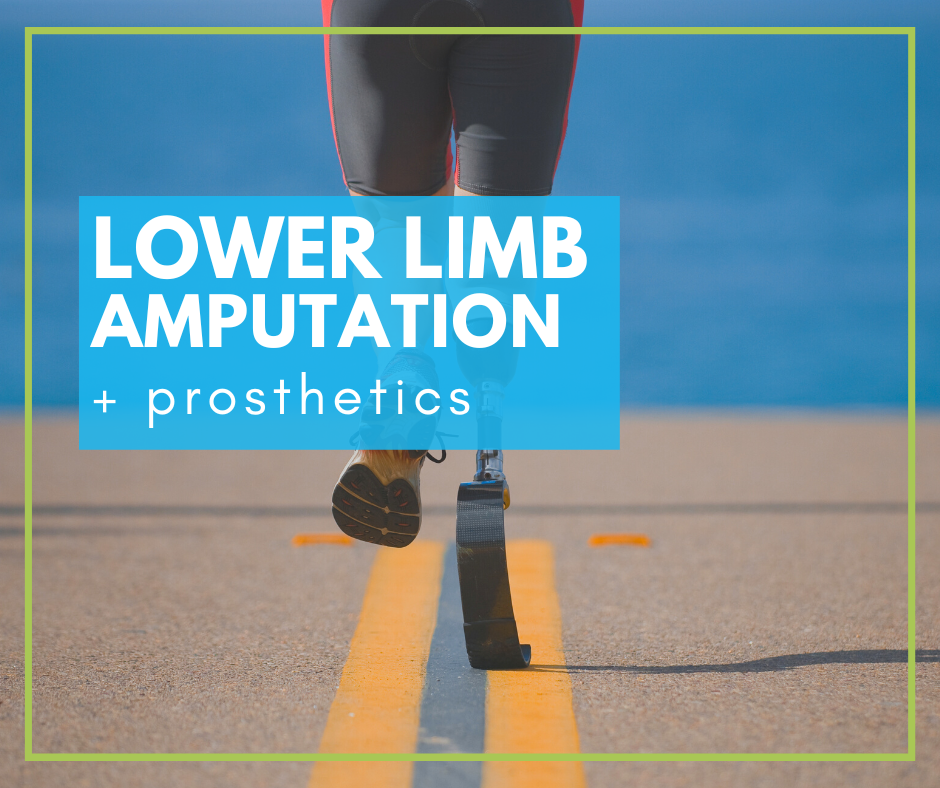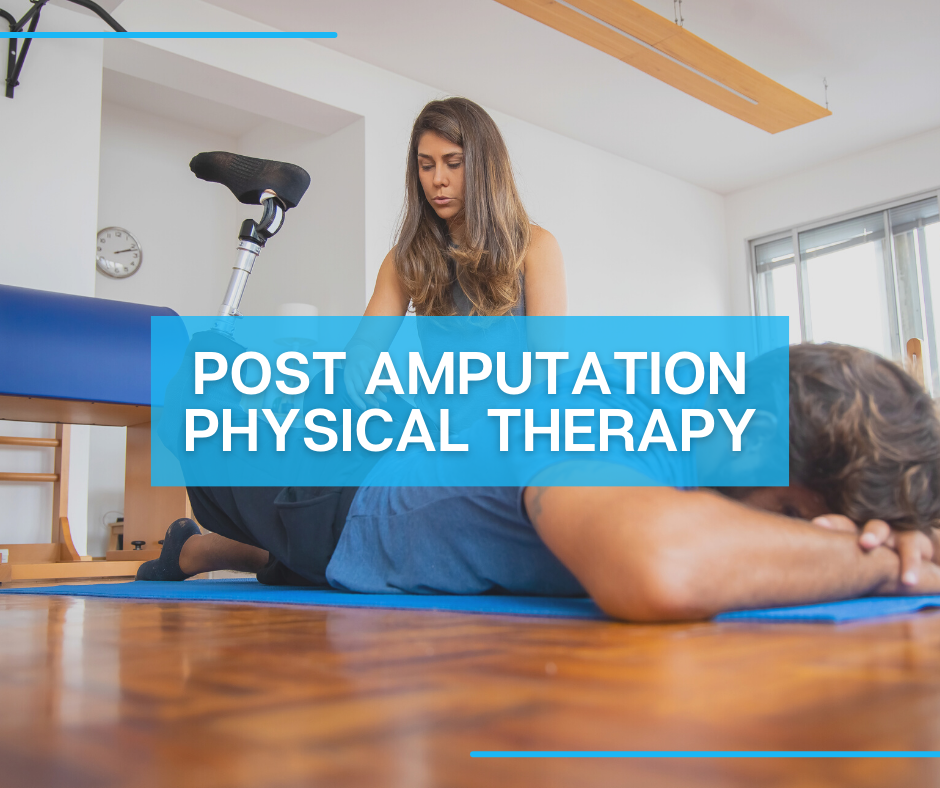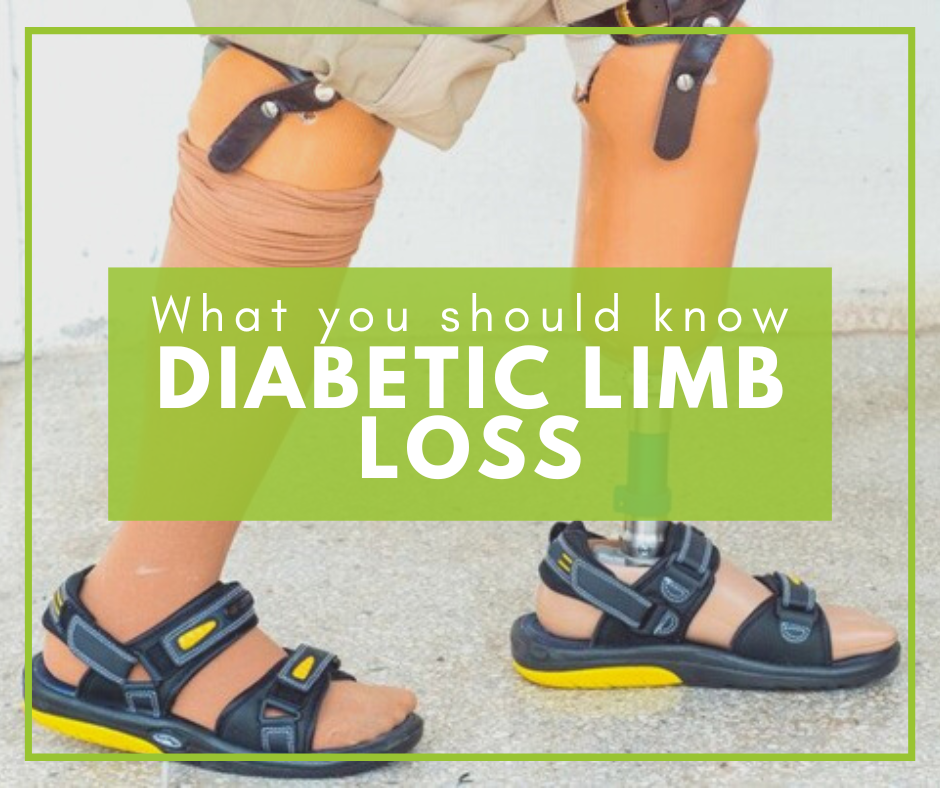
Lower Limb Amputation + Prosthetics Info

If you’re a lower limb amputee in Houston or San Antonio, you may have questions about the fabrication process, fit and functionality of a custom lower limb prosthesis. AOD Prosthetics and Orthotics specializes in state-of-the-art lower limb prosthetics to help each of our clients get back to active, independent living.
Here are some commonly asked questions and answers about lower limb amputation and prosthetics..
What Are the Different Types of Lower Limb Amputation + Prosthetics?
A lower limb prosthesis is an artificial limb designed to replace the functionality of an amputated leg. Lower limb prosthetics can replace a leg that’s been amputated at the hip, above the knee, below the knee or at the ankle. The type of amputation a patient undergoes determines the type of prosthetic device they need.
Hemipelvectomy or hip disarticulation amputations
remove the entire leg at the pelvis or at the hip joint.
Individuals who have undergone hemipelvectomy or hip disarticulation amputation have lost three major weight-bearing joints: the hip joint, knee joint and ankle joint.
As a result, prosthetics for hemipelvectomy or hip disarticulation patients are more complex than other leg prosthetics. This means theyrequire specific and meticulous customizations. These prosthetic devices must sit to the front of the hip socket to provide stability when standing. They must also provide adequate weight distribution when the wearer is sitting, as well as movement in the knee and ankle joints to recreate the biomechanical functions of a leg.
Individuals who have undergone amputations at the hip may face considerable challenges in re-learning movement and sitting while wearing their prosthetic device. Customization of the socket and ongoing support from a prosthetic team is a huge part of success with these high-level amputations and prosthetics.
Above-the-knee prosthetics, also known as transfemoral prosthetics, are artificial limbs that replace part of the thigh, as well as the knee, shin, ankle and foot. These prosthetics fit over a patient’s residual limb through a custom socket and feature a prosthetics knee and ankle joint that allow biomechanical movement of the prosthetic leg. Individuals who have undergone
transfemoral amputation have typically had some or most of their femur (thighbone) removed, but they still have a residual limb and maintain use of their hip joint.
Below-the-knee prosthetics
are worn by individuals who have undergone
transtibial amputation. These prosthetics replace the leg below the knee joint and consist of a socket, shin tube (pylon), and prosthetic foot. The socket for these prosthetics will be customized to the shape and size of the wearer’s residual limb to ensure a comfortable, stable fit.
Foot prosthetics
replace any part of a foot that has been removed in amputation. There are many levels of foot amputation, including Chopart, Lisfranc, Transmetatarsal and toe amputations. Depending on a patient’s level of foot amputation, they may receive a partial or full foot prosthesis.
When Should Lower-Limb Amputees Begin the Prosthetic Process?
In addition to its impact on the body, limb loss can have major emotional and psychological effects on a person. As such, it’s important for all amputees to have necessary education, support and resources leading up to their surgery, during recovery, and as they continue to heal.
It’s important for patients awaiting a scheduled amputation to discuss their concerns for healing, pain management and rehabilitation goals with their surgeons. Many patients in the pre-amputation waiting period also opt to seek a pre-amputation evaluation and assessment with a certified prosthetist. Completing an initial evaluation with a prosthetist can help many patients feel more confident and hopeful as their surgery approaches.
Post-amputation healing and rehabilitation allows amputees to work with their care team on regaining range of motion and functional mobility in their residual limb. Wound care, ongoing education and psychological support is vital during this period. This process typically begins about five days after an amputation surgery.
Many patients opt to move forward with pre-prosthetic training as soon as their amputation wound has adequately healed. A temporary prosthesis may be fitted in as little as three weeks after surgery. For patients who opt to wait until their wound has completely healed, the process may take up to six months.
Pre-prosthetic training prepares a patient’s residual limb for prosthetic fitting. This typically involves strengthening the muscles in the residual limb, core, back and other parts of the body. Pre-prosthetic training also involves shaping the residual limb, managing pain levels, and practicing good skin care to ensure the residual limb is ready for fitting.
During the prosthetic fitting process, a certified prosthetist takes a mold of the residual limb using 3D imagery or plaster materials. 3D imaging provides a quicker, more pleasant casting process and allows the prosthetist to alter the mold for a better stump fit.
Once the temporary prosthesis is complete, patients work with their prosthetics team to adjust the fit, feel, and functionality of their device. This is often a time-consuming process requiring multiple alterations and changes to the prosthetic device. The goal is to create a prosthesis that allows an amputee to achieve comfortable movement in line with their activity goals.
An amputee’s relationship with his or her prosthetist and prosthetic team often lasts years. As a patient’s body, activity levels, and personal goals change, they often need their prosthetics team to make adjustments to their prosthetic socket or materials.
It’s important for every amputee to find an experienced, trustworthy prosthetics team that will make every effort to help them meet their goals after amputation.
Lower Limb Prosthetic Services at AOD Prosthetics and Orthotics
AOD Prosthetics and Orthotics has prosthetic clinics in San Antonio and Houston, Texas. Our team is dedicated to helping amputees throughout pre-amputation, prosthetic fitting and fabrication, and ongoing prosthetic management.
We provide lower limb amputees with evaluation, fitting and on-going prosthetic support to help each individual achieve the best fit and functional outcome for their unique situation.
https://www.inmotionprosthetics.com/contact
https://www.inmotionprosthetics.com/contact
Contact us today to schedule an initial evaluation or to learn more about our services.
Treatment & Planning for Tomorrow
AOD Prosthetics & Orthotics combines the highest technology available with the best patient care. Bilingual mobile prosthetic service in San Antonio. Serving amputees and improving their quality of life.

All Rights Reserved | AOD Prosthetics & Orthotics | San Antonio, TX


